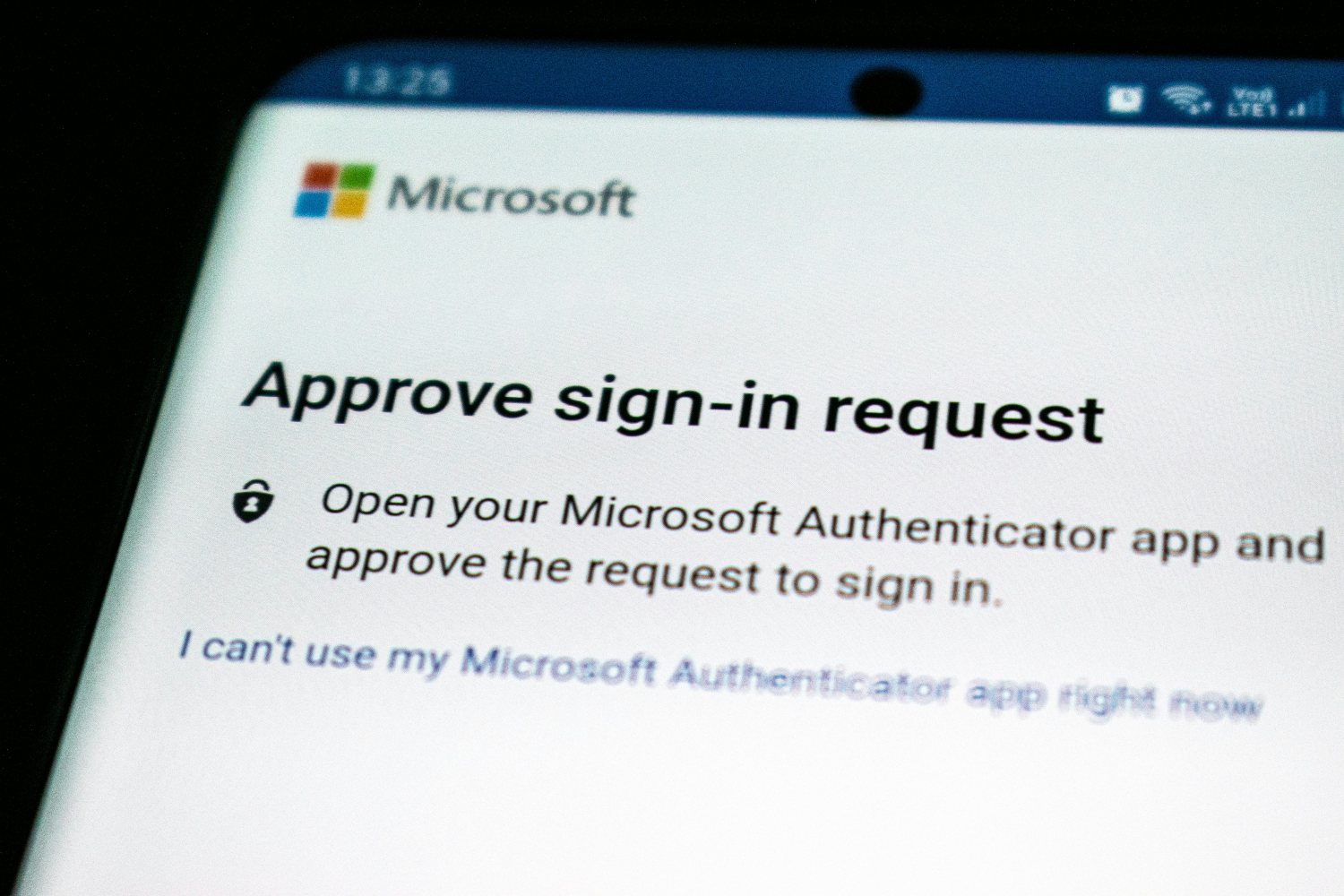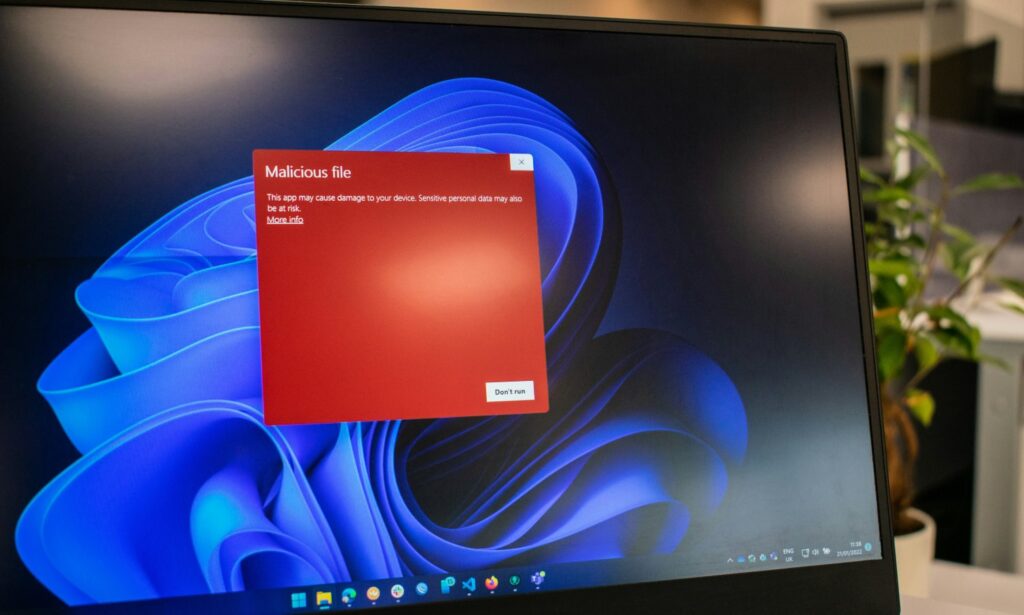New Cyber Threats and How to Defend Against Them
Cyber crime is evolving, and as we progress through the second quarter of this century, businesses need to be more alert than ever to emerging threats.
The following threats are predicted by experts at Google to rise and cause issues for businesses, including both commercial and residential. 2025 will see more cyber attacks than ever, with a 105% rise in attempts and methods. Businesses need to understand the threats and also what can be done to defend against them.
2024 has been noted by Forbes as ‘the year of unprecedendet cyber attacks‘. Democratic election deepfakes, attacks on telecom and internet service providers, cyber warfare, and ticketing company data breaches have all made front page news. It’s forced landslide regulatory changes and milestone legislation to be passed though. Navigating the cyber landscape in 2025, businesses must shift from reactive defense to proactive resilience – this will also be favoured by insurers.
The following are the most prevelant emerging threats, and also what businesses need to implement to remain cyber secure in 2025.

Artificial Intelligence
Criminals have started to use AI to create sophisticated social engineering scams. Employees need to be aware of deepfakes and recent examples of identify fraud attempts.

Ransomware
An attack with the intention of locking operators out of their systems in order to extort a fee; experts predict this type of attack will rise and continue to disrupt businesses.

Increased cyber usage
There will be an increased access to cyber tools, meaning a higher risk of staff negligence, more vulnerable users online, and an increase in low-sophistication threats from novice cyber attackers.

Increased information-stealing malware
Known as ‘infostealer malware’, these programs will continue to be a major threat. Data breaches will only increase in number and the time it takes for a business to be comprised will shorten.
What Businesses can Do to Prevent a Cyber Attack
Businesses need to be proactive in their fight against cyber attacks. A range of processes and techniques can be implemented to deter cyber criminals and keep your employees alert.
Implementing effective preventative processes will have a beneficial effect on a business’s insurance. Underwriters will factor these controls into their decision-making. These processes help businesses monitor control issues and work to minimise risk. Businesses need to know what measures they can feasibly implement and where they can improve.

Multi-factor Authentication
Multifactor authentication, also known as MFA, is an authentication method that requires the user to provide two or more verification factors to gain access. Employees use their phone or extra passcode to access the business’s operating systems securely.
Secure Backups
Backups ensure your website can be reverted back to an earlier state – therefore fixing any changes made by unauthorised infiltrators. Ransomware attackers will look to delete backups, neutralising this action, which is why a business’s backups need to be secure.
Encrypt your backups and also isolate them from the network so they cannot be accessed online. Regularly test your backups to ensure they can be used in the event of a crisis.
Penetration Testing
Penetration testing assesses the security of your business, looking for holes or weaknesses which could lead to a breach. Annual testing improves the likelihood of insecurities being found and fixed before an attacker can infiltrate.
Penetration testing should be done annually, and added to your risk management plan.

Filter emails
Don’t give employees an opportunity to fail, and start filtering emails. Keep spam out of inboxes to improve both productivity the business’s cyber security. Filtering emailsis the first line of defence against the most common threat, so business’s should ensure they have a comprehensive system in place.
Update systems
Updates are essential. Updates are often required to patch holes which have been found by the developer. Hackers often target old loopholes and gaps, so these need to be patched.
Mandatory updates should be done as quickly as possible, and added to your risk management plan.
Incident Response Plans
Incident response plans are essential to reducing the business disruption faced after a cyber attack. They contain how to organise a full lockdown of your systems and a plan of how to conduct a recovery in the event of an attack.
As a dedicated broker, we will assist with the formation of an effective incident response plan. Plans should be tested and reviewed and regularly updated whenever a business system or procedure is altered.
Go to Cyber Insurance

Protect Network
Firewalls are barriers that sit between a private network and the public internet. Penetration testing will ensure your firewalls are up and secure, and regular updates will ensure your firewall and network is protected.
Anti-virus software will protect your network from possible data-leaks. Having anti-virus solutions installed and on-hand is mandatory.
Monitor the network
A business’s network should also be monitored constantly to ensure it is secure. Your IP address can be hidden through the use of a VPN. Tracking your bandwidth usage will help to uncover network issues and to discover if more than the intended number of devices are utilising your network. More devices or rogue devices will increase your company’s risk of a breach.
Educate the workforce
And most importantly, the number one-way firms are being put at risk is through a poorly-educated and negligent workforce. No amount of technology can cater for an employee who falls for every trick in the book. Effective education is paramount for security as there will always be attackers that are out to deceive people. Combat phishing by ensuring your people remain vigilant.
Why Cyber Insurance is Essential
Cyber attacks are on the rise. And they can cause businesses a great deal of damage. Every business, no matter its size, is a potential target for cyber crime and fraud.
Cyber Insurance provides peace of mind that your business is covered financially if something goes wrong. The cyber landscape is fraught with potential danger and exposure for you and your data – hence we think it’s important that you’re looked after by an experienced broker who understands these cyber security risks in depth.



